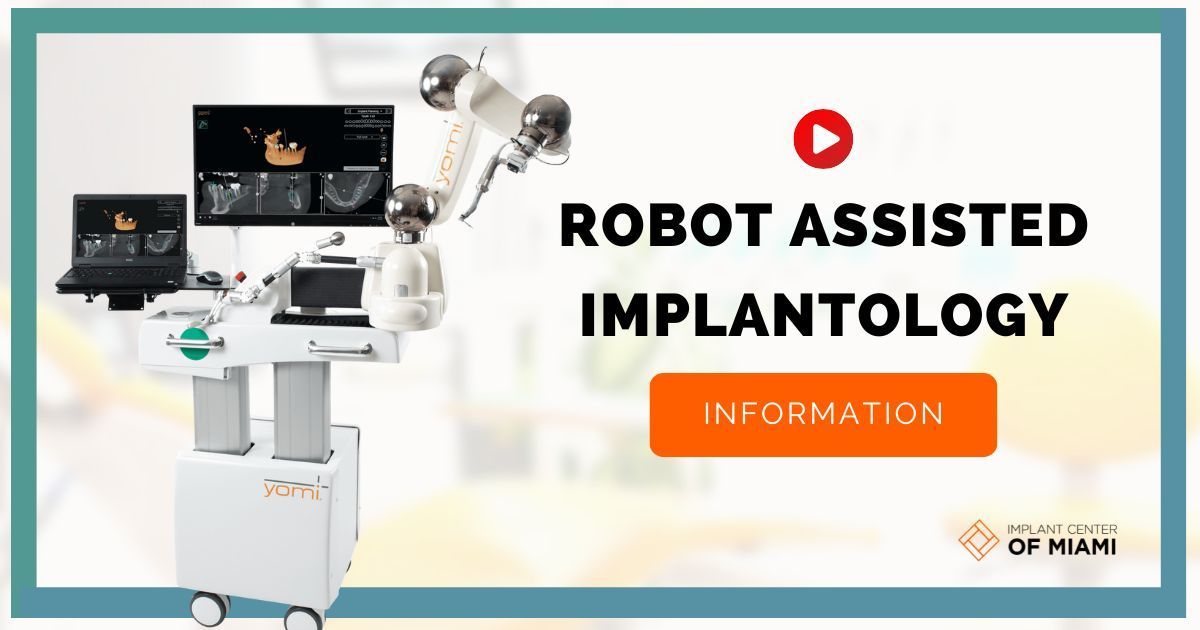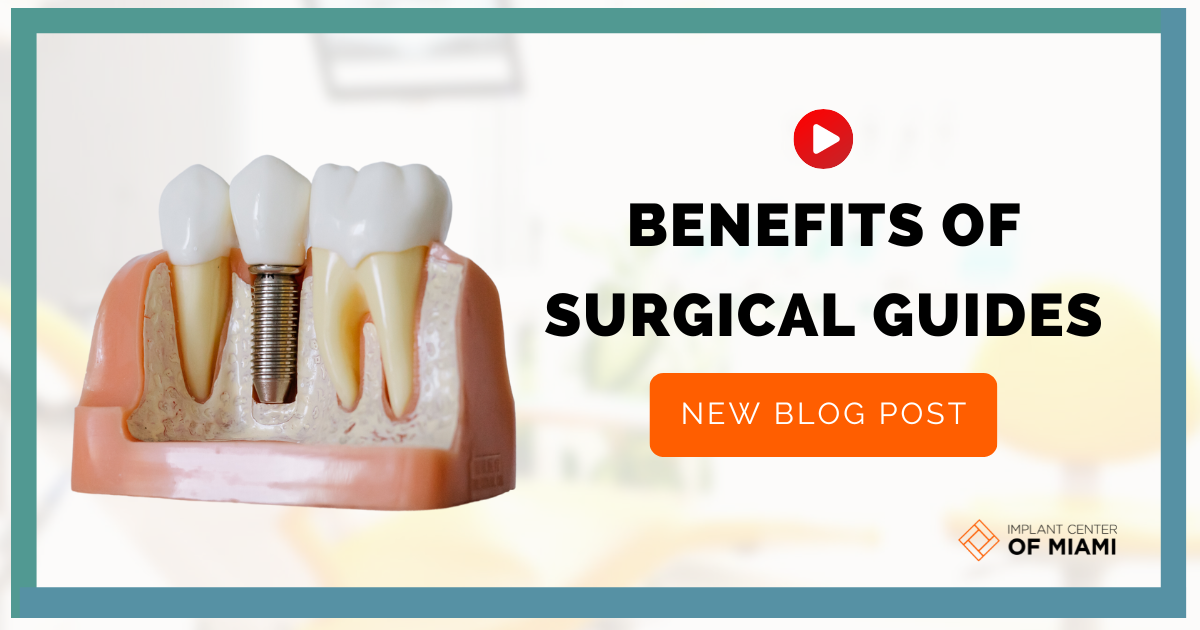Comprehensive Guide on Dental Surgical Procedures: Understanding the Process and Benefits
Dental surgical guides play an integral role in advanced dental procedures. These tools serve as roadmaps, providing precision and consistency in surgical operations such as dental implants. These guides are especially critical in navigating complex anatomical structures within the patient's mouth and ensuring that the surgical procedure follows the pre-planned direction. Dental surgical guides enhance the accuracy of procedures, minimizing the risks and potential complications associated with dental surgery. This innovation in dental technology continues to revolutionize dental surgery.
Request an Appointment
Understanding the Basics of a Dental Surgical Guide
A dental surgical guide is a tool used in implant dentistry, providing precise guidance for the placement of dental implants. Created from 3D scans of a patient's mouth, it helps ensure accuracy and safety by specifying the optimal angle and depth for the implant.
The Importance of Dental Surgical Guides in Implant Surgery
Dental surgical guides are indispensable for implant surgery, enhancing precision and safety. They provide accurate placement of implants per prosthetic design and patient's anatomy. These guides streamline the procedure, prevent miscalculations, reduce damage risk, and improve patient comfort simultaneously.
The History and Evolution of Dental Surgical Guides
Dental surgical guides have evolved significantly over several centuries, with earliest records dating back to the 18th century. Advances like the introduction of radiography in the 19th century, and later, computer-guided systems, have greatly enhanced their accuracy and predictability. Current digital technologies now offer 3D printed guides, allowing precise and efficient treatments.
Types of Dental Surgical Guides and their Applications
Dental surgical guides are tools used in oral surgery to enhance accuracy. Types include CAD/CAM and 3D-printed guides used in surgery simulations. They guide precise implant placement, ensuring dental prosthetics fit accurately, thus enhancing functionality and aesthetic.
The Beneficial Role of Dental Surgical Guides in Precise Implant Placement
Dental surgical guides play an essential role in precise implant placement, enhancing accuracy and safety. They offer a visual map for dentists, ensure adequate dental structure and nerve protection. As a result, they reduce potential complications, guaranteeing optimal prosthetic results.
Advanced Technology and its Role in Dental Surgical Guides Production
Advanced technology plays a vital role in producing dental surgical guides. Through innovations like 3D printing and CAD/CAM technology, precise models for dental procedures are created. It improves efficiency, reduces human error, and ensures better patient outcomes in dental surgeries.
Fabrication Process of a Dental Surgical Guide
The Fabrication Process of a Dental Surgical Guide starts with a virtual model, created through 3D imaging of the patient's mouth. Dental software then designs the surgical guide. This design is sent to a 3D printer, which creates the final, physical guide using a biocompatible material. This guide ensures the accuracy of implant placement during surgery.
Advantages and Limitations of Using Dental Surgical Guide
Dental surgical guides provide precision, accuracy and improved patient safety in procedures like implant placement. They reduce surgical time and enhance postoperative healing. However, they require skillful handling and rigorous preoperative planning. The cost can be significant, and they may not be suitable for all surgical scenarios.
The Role of 3D Printing in Dental Surgical Guides
3D printing is revolutionizing dental surgery by producing precise surgical guides. It aids in accurate implant positioning, reducing surgical time, errors, and patient discomfort. This technology enables customization according to patient's unique anatomy, making dental procedures more efficient and successful.
Case Studies Involving the use of Dental Surgical Guides
Dental surgical guides are essential tools in dentistry, enhancing the precision of implant surgeries. Case studies have shown a high success rate when these guides are used. They provide exact measurements, minimize risks, and improve surgical outcomes for patient satisfaction.
The Cost Analysis of Using Dental Surgical Guides
Dental surgical guides streamline implant procedures, enhance accuracy, and promote patient safety. However, their costs can be high, encompassing manufacturing, software usage, and dentist's time for planning. Benefits often outweigh expenses, making them a worthwhile investment for many practitioners.
The Place for Dental Surgical Guides in Modern Dentistry
Dental surgical guides have become essential in modern dentistry, transforming implant-based treatments. They aid in the precise placement of implants, reducing surgery time, avoiding guesswork, and resulting in successful outcomes. With high predictability and accuracy, they contribute significantly to patient satisfaction and post-operative recovery.
The Influence of Dental Surgical Guides on Patient Experience
Dental surgical guides revolutionize patient experience by making dental surgeries more accurate, less intrusive, and quicker. They facilitate precise implant placement, reducing risk factors and recovery time. Patients benefit from improved results, increased comfort, and quicker return to daily routines.
Sterilization and Maintenance of a Dental Surgical Guide
Sterilization and maintenance of a dental surgical guide are vital routines in dentistry to prevent infections. It involves cleaning, disinfecting, and sterilizing the guide after every use with suitable solutions. This not only ensures patient safety but also prolongs the tool's lifespan.
The Use of Dental Surgical Guides in Orthodontic Treatments
Dental surgical guides in orthodontic treatments are essential tools for precision. They provide accurate placement of implants, ensuring optimal treatment outcomes. This technology eliminates guesswork, reduces risks, and enhances patient comfort and satisfaction.
Dental Surgical Guide: Improving the Outcome of Dental Rehabilitation
The Dental Surgical Guide aids in enhancing dental rehabilitation outcomes. It's a digitally designed guide that accurately places dental implants, improving patient's safety and comfort. Its precision results in optimal functional and aesthetic success, reducing the risk of complications.
Mastering the Art of Using Dental Surgical Guides
Mastering the Art of Using Dental Surgical Guides involves gaining proficiency in accurate planning and placement of implants. With sophisticated 3D imaging, these guides provide precision and improve patient outcomes in modern dentistry from diagnosis through post-operative care.
Importance of Training for Dentists in the Usage of Dental Surgical Guides
Training in the usage of dental surgical guides is crucial for dentists. It enhances precision during surgical procedures, reduces operation time, and minimizes potential errors. Furthermore, it equips dentists with the necessary knowledge to effectively handle complex cases, upgrade their skillsets, and ultimately provide better patient care.
Risks and Common Mistakes in the Application of Dental Surgical Guides
Dental surgical guides can enhance precision in dental surgeries. However, risks and common mistakes entail inaccurate imaging and poor guide fabrication, which may lead to surgical errors. Additionally, lack of proper fit and failure to verify guide stability might lead to inaccuracies, potentially jeopardizing the operation's success.
Dental Surgical Guides: The Future Directions and Developments
Dental surgical guides, pivotal in accuracy of implant positioning, are witnessing major advancements. Future developments point towards digitalization, integrating technologies like 3D printing and AI. This will not only increase procedural precision and patient safety, but also reduce surgery times.
Final Reflections on the All-Encompassing Impact of Dental Surgical Guides
Dental surgical guides have transformed dental surgery, ensuring precision and reducing patient discomfort. These tools enhance the predictability of outcomes, reduce operation times, and lower the risk of surgical errors. This revolutionary technology signifies a monumental step in dental care, confirming its all-embracing impact on both practitioners and patients.
Frequently Asked Questions
Dental Financing Options
Checking your options will not impact your credit score!
Apply Online in 30 Seconds
Fund Your Account
Start Your Treatment
Read Our Blog


Office Locations
Contact Us
For more information or to schedule an appointment, call us at 786-713-9290 or complete the form.
What Happens After I Send My Message?
Implant Center of Miami: Website Message
Locations Information
Our Services
Quick Links
Office Hours
- Mon - Fri
- -
- Sat - Sun
- Closed



